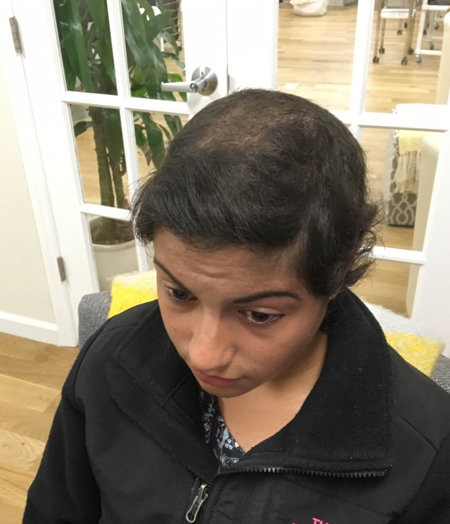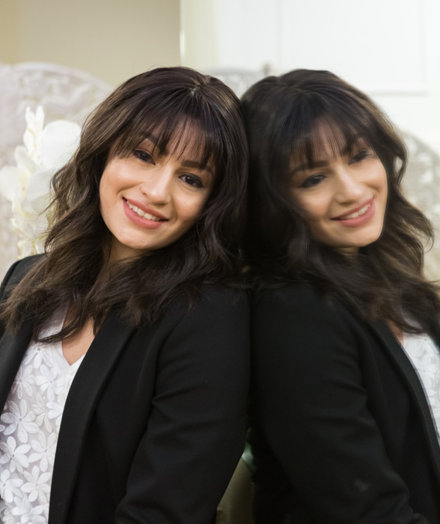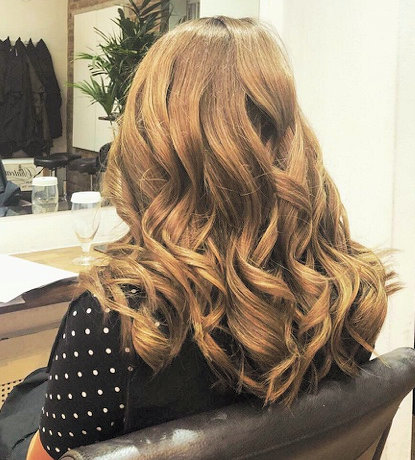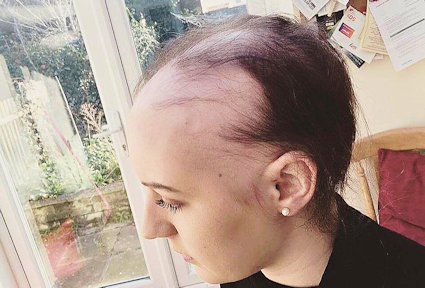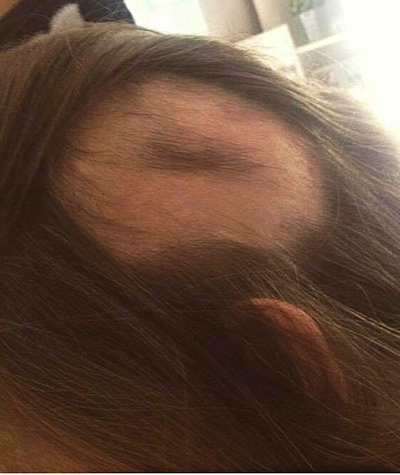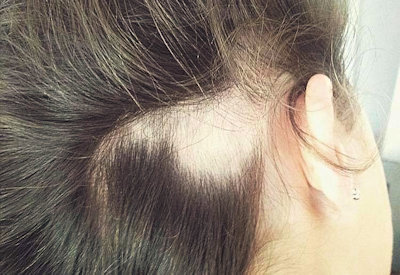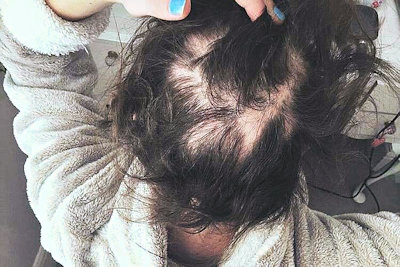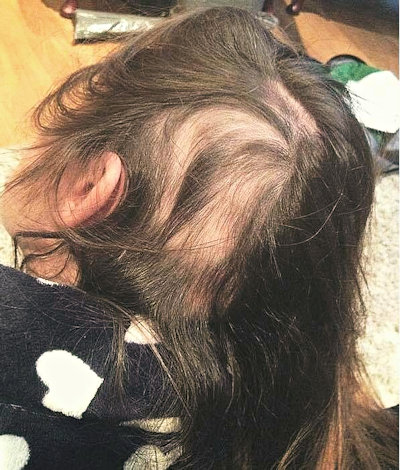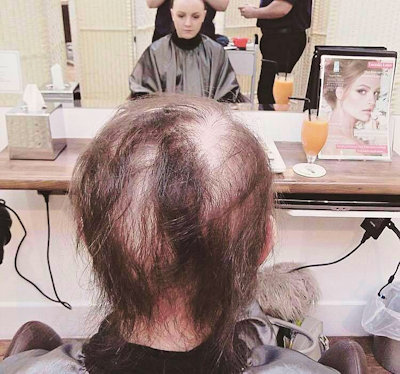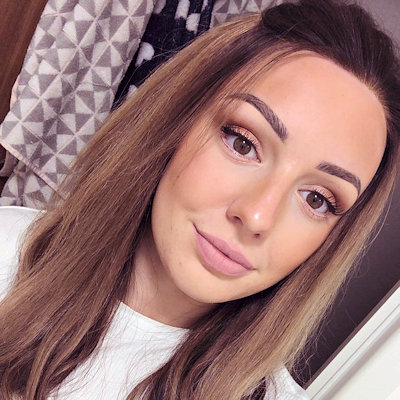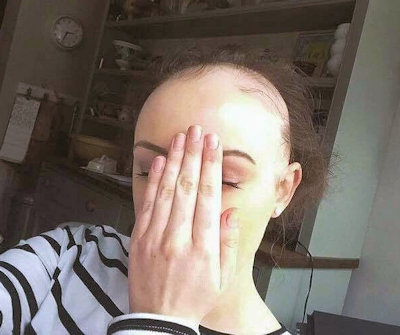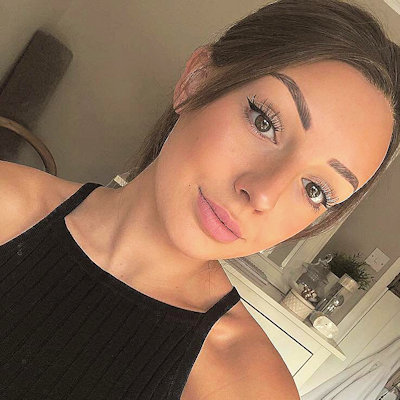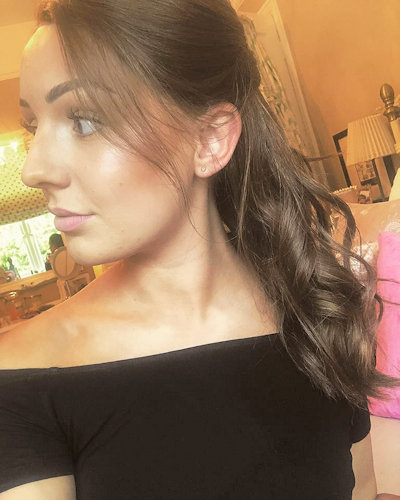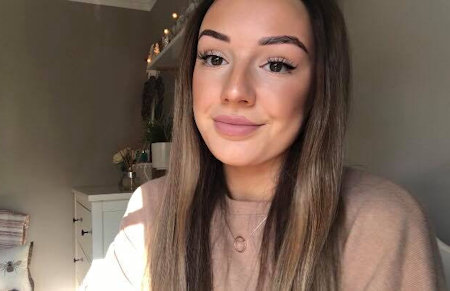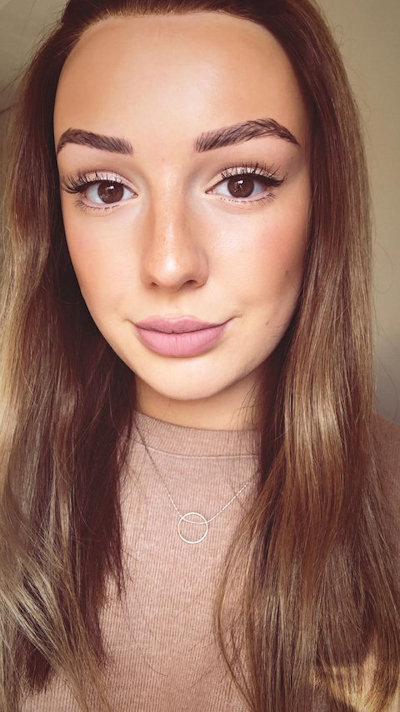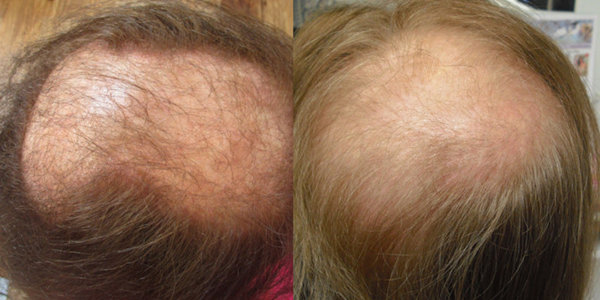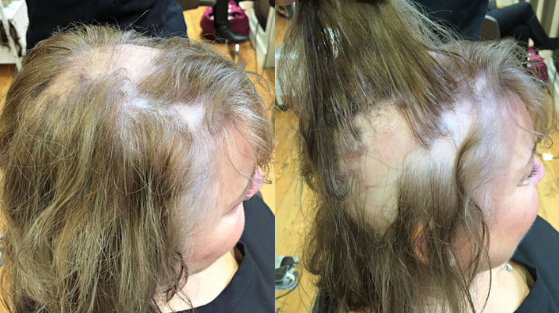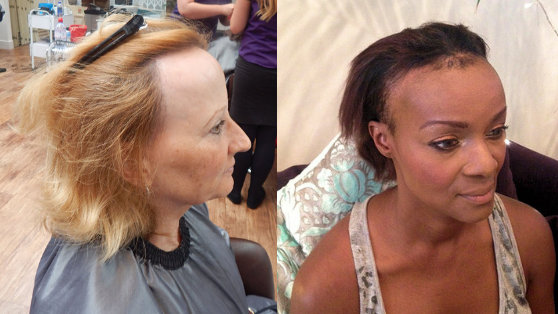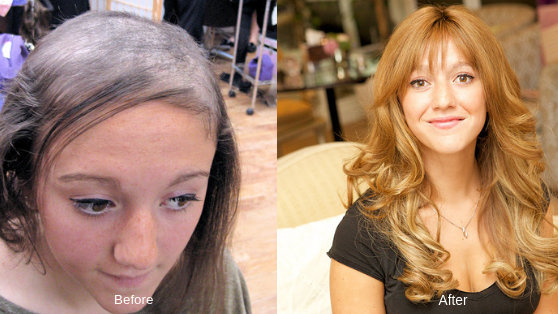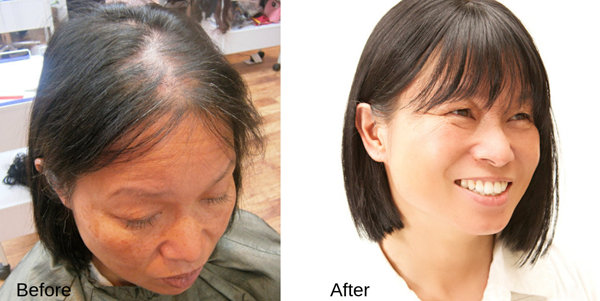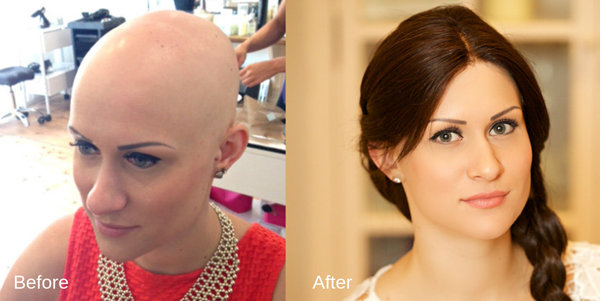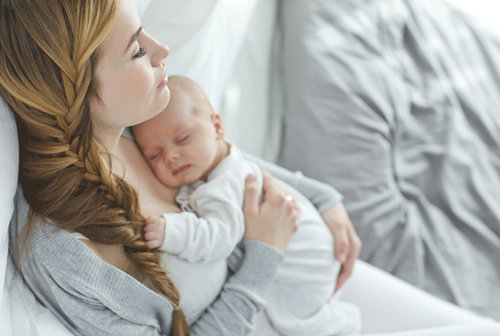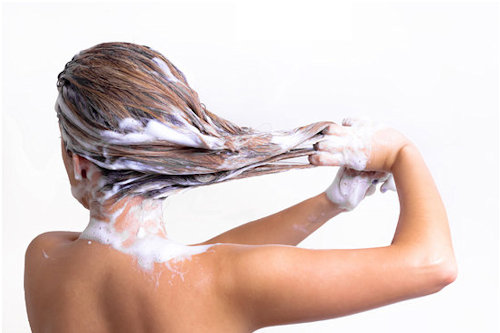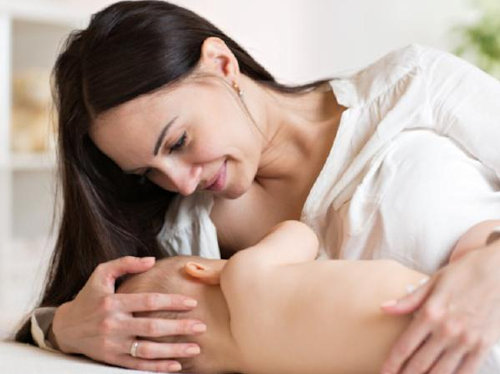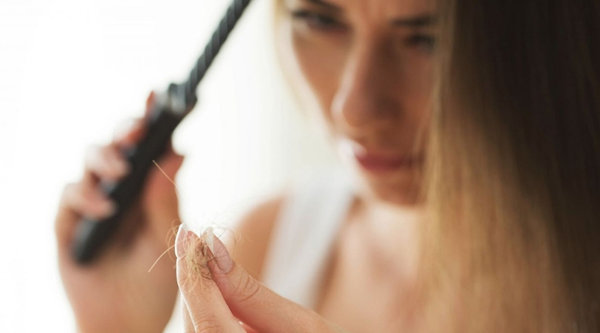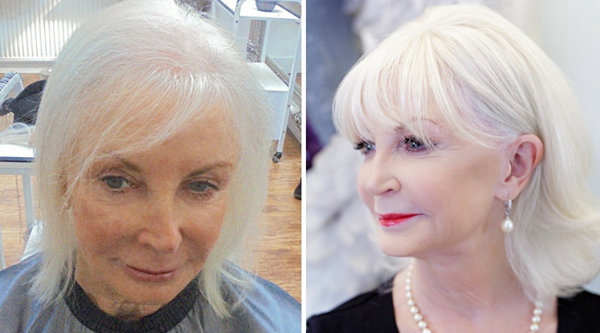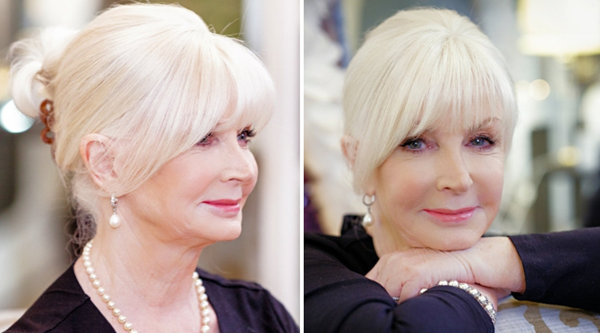Hair replacement systems for women versus Human hair wigs
Deciding what the best solution is for your hair loss is a very personal process which can depend on a number of factors, for instance:
- The type of hair loss you have
Is it patchy, overall, thinning, or receding? - The extent of your hair loss
It can be mild thinning to complete baldness - Whether your hair is growing back or not
- Your age
- What type of activities you like to take part in
Are you a sporty person, an outdoor enthusiast, or are you engaged in a regular round of social events? - Whether you have a partner or not and want to look your best for them all the time
- Whether you want a 24/7 solution or are happy with a temporary one
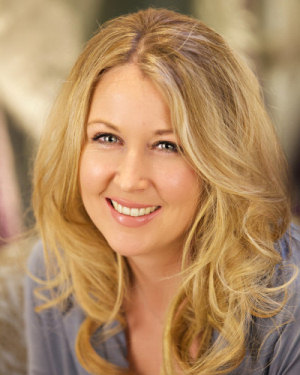 All these factors and more may be relevant to your choice and it’s important to understand how the different methods of attachment and different approaches to wearing the various types of wigs and hair systems can be accommodated into your lifestyle and daily routines.
All these factors and more may be relevant to your choice and it’s important to understand how the different methods of attachment and different approaches to wearing the various types of wigs and hair systems can be accommodated into your lifestyle and daily routines.
The choice is often confused by perceptions that may be out of date or skewed by images of men’s wigs and hair pieces – which seem to be more prevalent in the media than women’s ones – or by cheap “glamour” wigs.
Cover up or disguise?
Fundamentally there are two approaches:
- To cover up the hair loss completely – which is basically what full wigs do – by hiding the existing hair (if any) completely.
- To disguise the problem by adding new hair to the existing hair and blending the two types together.
Of course it’s not entirely black and white, and there are examples of partial coverage from both sides of the spectrum, but this can be a good way to think about them initially.
Activity types – matching your hair to what you like doing
If you are the sort of person who regularly goes running, or swimming, or plays a lot of sports then that may be a major factor in your choice. If you want something that will be secure and easily washable and will allow you to look good at the same time then a hair system is likely to be the best choice, unless you are happy to be seen removing a wig before taking part and replacing it later.
Alternatively if you are more of a social person and regularly attend functions or meet friends and want to swap looks and styles easily, then a wig or selection of wigs may give you a flexibility that suits your lifestyle more than a system.
24/7 or temporary?
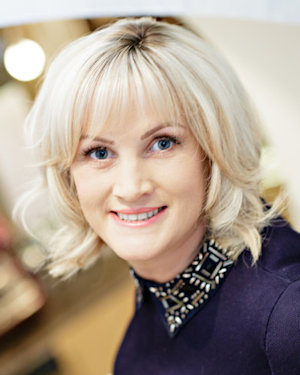 For some women what matters is looking and feeling good in specific circumstances while for others it’s an overall feeling of confidence that’s the key consideration. If you are happy to remove a wig when you get home or go to bed then that may suit you best, but if you want to be able to forget about your hair loss and get back to a full-time normal feeling then it’s likely that a hair system will be a far better solution.
For some women what matters is looking and feeling good in specific circumstances while for others it’s an overall feeling of confidence that’s the key consideration. If you are happy to remove a wig when you get home or go to bed then that may suit you best, but if you want to be able to forget about your hair loss and get back to a full-time normal feeling then it’s likely that a hair system will be a far better solution.
Many women, particularly with partners, feel very self-conscious removing a wig as it makes them feel less attractive and “incomplete”, so having a hair system that doesn’t need to be removed in a day-to-day setting helps them to feel fully themselves all the time.
Connecting to your hair
How your chosen solution attaches to your existing hair can also greatly affect your final choice. It’s common to see images of men’s toupees being glued or taped into place on a bald head, but unless you have complete hair loss – Alopecia Totalis – it’s much less common for a woman to have to use such a method. That’s because women usually have some remaining hair, and that can usually be used as a base; although sometimes a much smaller section of hair may be fixed by an adhesive method to cover a receding hairline in a case such as Lichen Planopilaris.
With partial wigs or toppers it is more common in women to use clips to help secure them to your remaining hair, and that method can also be used with clip-in extensions for volume. While with hair systems it is more common to have a method of integrating the new hair into your own hair. That can be by using a mesh system as with our Intralace Systems or by gluing extensions to existing hair as we do with our Medi Connections.
The main question here is what feels secure and comfortable for you. Clips sometimes need adjusting and tape and glues on the scalp can lose their adhesion or sometimes cause irritation. If that is a concern for you then you may well feel better with a system that has more durable connections to your own hair.
Maintenance of your hair choice
Another consideration that may affect your decision is maintenance. Both wigs and hair systems require looking after, but with wigs it’s down to you to keep them clean and well conditioned, whereas with a hair system they can normally be washed as a normal part of your daily routine, while there are other aspects of keeping them well maintained that the salon will do for you at regular visits. In the case of systems that are connected to your own hair these will need adjustment as your hair grows – otherwise the system will gradually become loose.
Both wigs and hair system will wear out in time, and generally speaking the more you pay for them the longer they will last.
Costs
Good hair systems and regular maintenance are not cheap – although compared to regular trips to the hairdressers they may not be too much more. Wigs have improved in quality and appearance in the last couple of decades but good ones are also not cheap, and if you want to have more than one for changing styles then they soon add up. So overall costs may be quite similar and it will ultimately depend on what you think is acceptable in terms of appearance and realism.
The final decision
Now we have to declare that we’re biased. We don’t make conventional wigs, although our Intralace Freewear systems are perhaps closer to wigs than to systems in some ways. We think our systems, along with their associated hair partings and fringes, which we’ve developed and refined over four decades (and which are even patented in the US) are often the most suitable solutions for the many women who come to us for help.
However we’re fully aware that there is no universal solution that suits everyone and we’ll always try to advise our clients on what best for them – not for us. We won’t ever pressure you into something that you don’t feel is right for your situation. The final choice is yours after you’ve explored all the options. Come and talk to us and let’s explore those options together.
Tel: 0208 741 8224 or use any of our UK contact forms for:
London
Manchester
Edinburgh
Midlands (Solihul)
Bristol
Southampton

